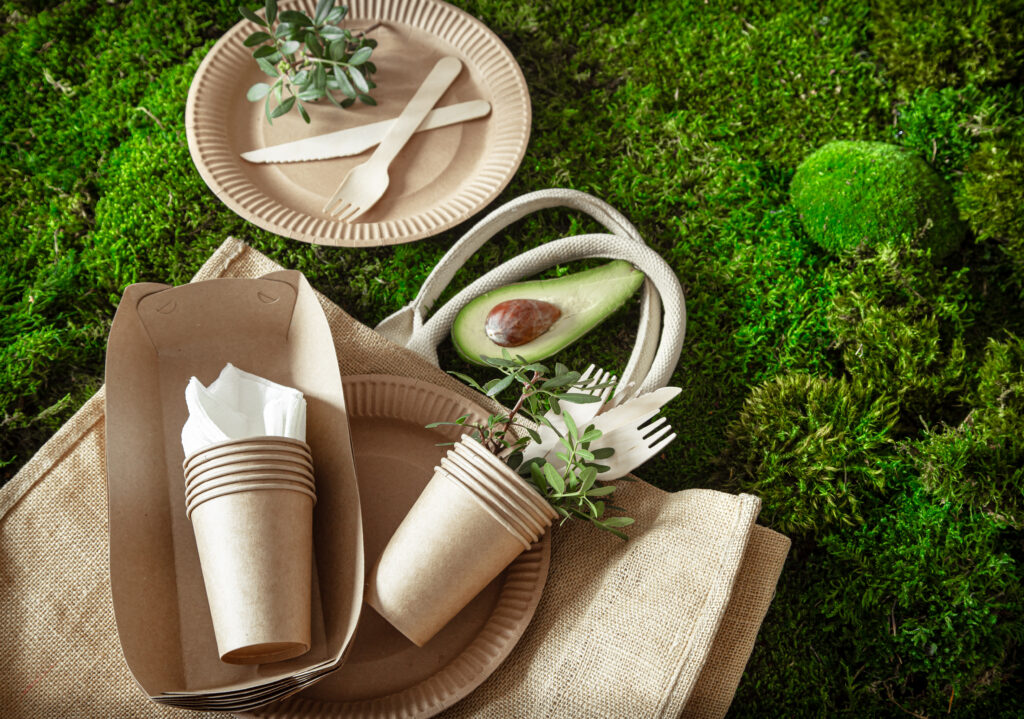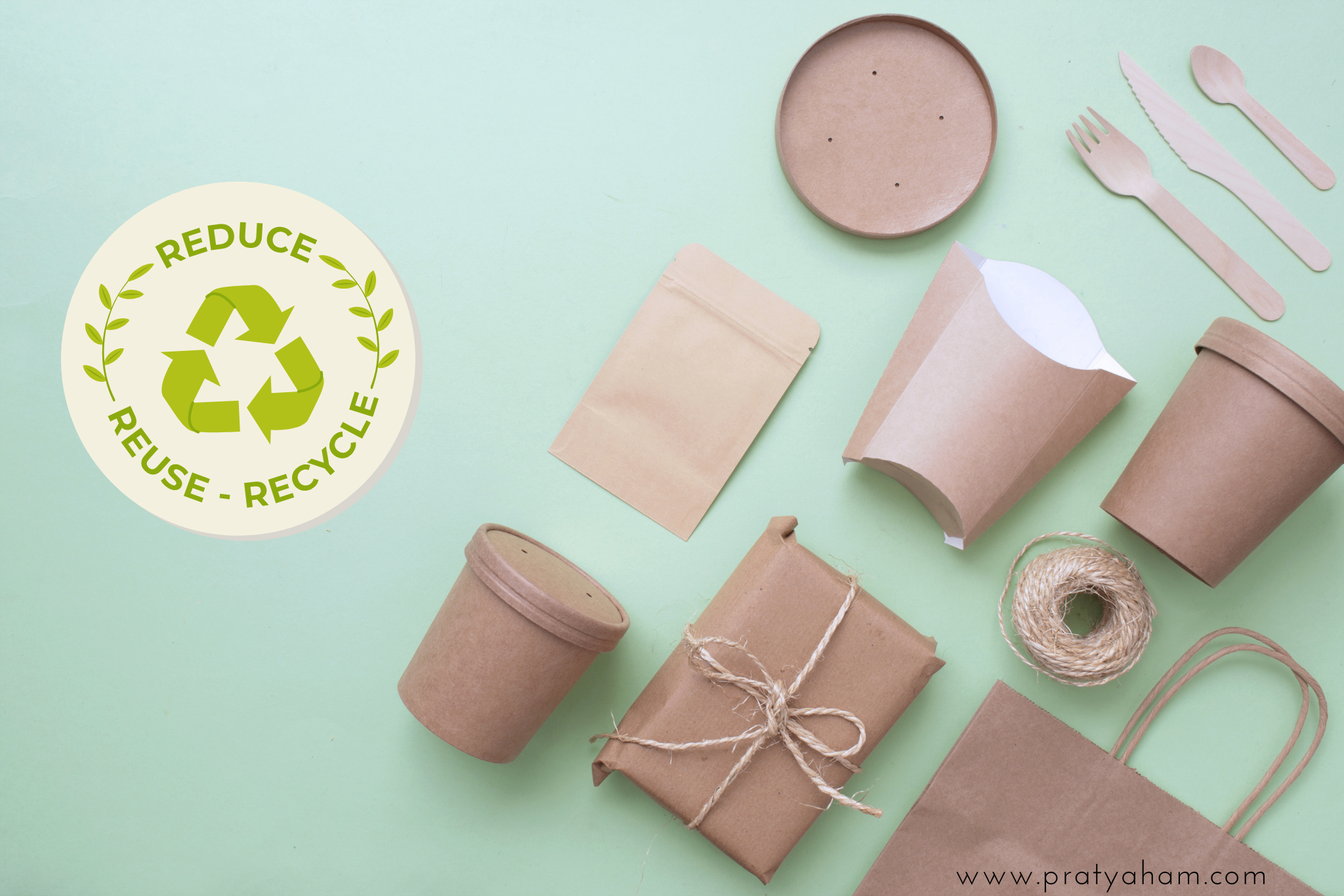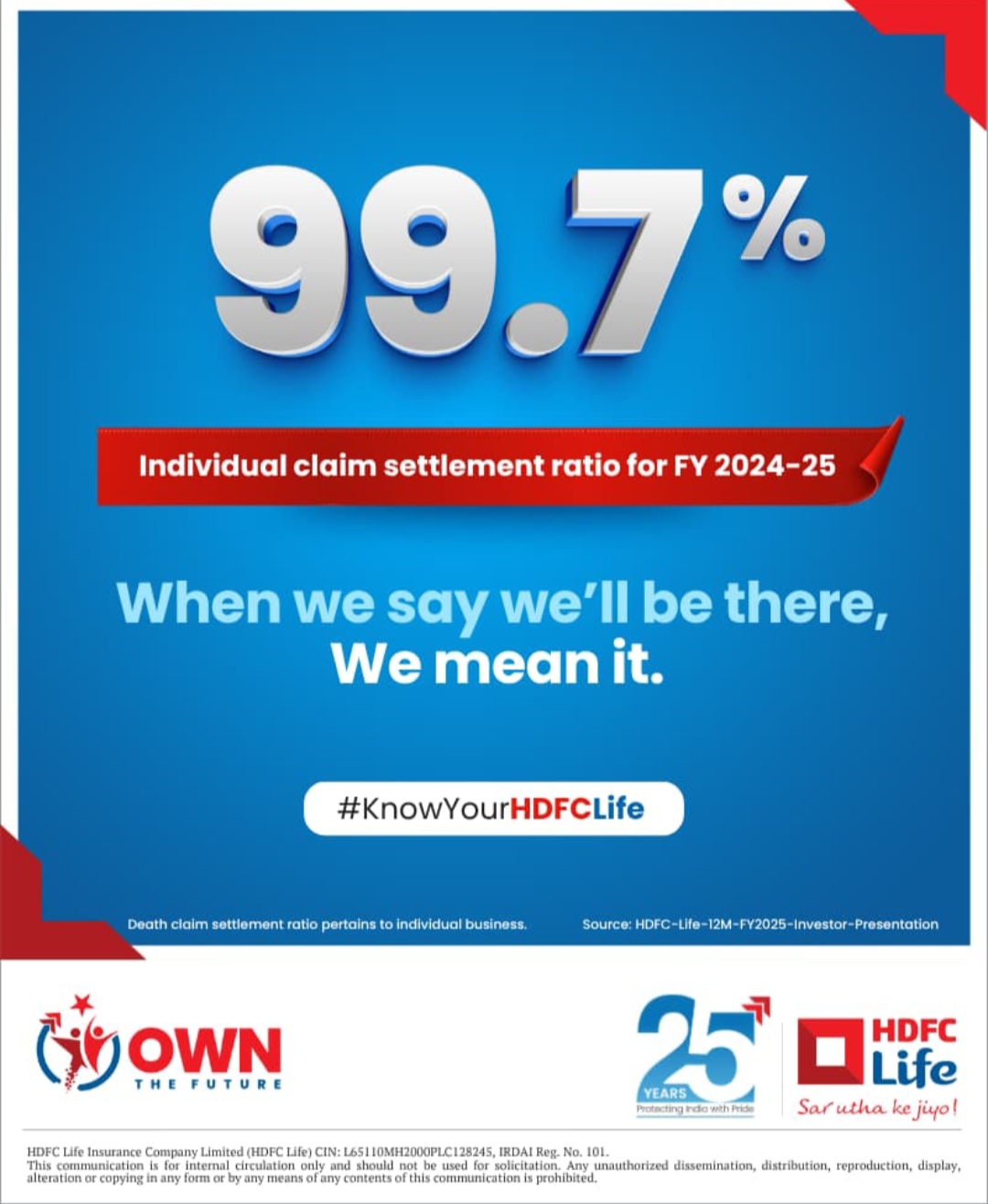As global awareness about plastic pollution intensifies, the packaging industry is witnessing a pivotal shift toward sustainable alternatives. In 2025, innovative materials and solutions are rapidly gaining traction, offering viable replacements to traditional plastics and helping businesses meet environmental goals while responding to consumer demand for eco-friendly products.
The Rise of Biodegradable and Compostable Materials
One of the most significant breakthroughs in sustainable packaging is the development and adoption of biodegradable and compostable materials. Derived from natural sources such as cornstarch, sugarcane, and cellulose, these materials break down naturally under the right conditions, reducing landfill waste and environmental harm.
Standards like EN 13432 and ASTM D6400 certify these materials to ensure they meet strict compostability criteria, providing assurance to both manufacturers and consumers. Companies in food, cosmetics, and retail sectors are increasingly integrating these materials into their packaging to reduce their carbon footprint.
Innovative Plant-Based Packaging Solutions

Beyond compostables, plant-based packaging made from seaweed, mushroom mycelium, and agricultural waste is gaining momentum. These materials offer the dual benefits of being renewable and biodegradable. For example, seaweed-based films are flexible, water-resistant, and decompose quickly, making them ideal for single-use packaging.
Mushroom-based packaging, made from mycelium, is being used as a protective alternative to foam and plastic bubble wrap, providing cushioning while being fully compostable.
Circular Economy and Reusable Packaging Models
Sustainability is also being driven by the circular economy, where packaging is designed for reuse, recycling, or easy composting. Refillable containers and durable packaging systems reduce waste and resource consumption. Brands are adopting closed-loop systems, encouraging consumers to return packaging for refills or recycling, which extends product lifecycle and minimizes environmental impact.
Smart Packaging Enhances Sustainability
Technological innovations complement material advances. Smart packaging equipped with sensors and RFID tags helps optimize supply chains by reducing waste through better inventory management and product tracking. It also aids in educating consumers on proper disposal and recycling methods, enhancing the overall sustainability of packaging.
Consumer Demand and Regulatory Pressure
Consumer preferences are shifting decisively toward sustainable packaging. Surveys show that a growing number of buyers are willing to pay a premium for products with eco-friendly packaging. Concurrently, governments worldwide are implementing stricter regulations to limit single-use plastics and encourage sustainable alternatives, accelerating industry adoption.
Conclusion
The packaging industry in 2025 is at a transformative crossroads. Breakthroughs in biodegradable materials, plant-based packaging, circular reuse models, and smart technologies are collectively driving a shift away from conventional plastics. These innovations not only address environmental challenges but also align with evolving consumer expectations and regulatory landscapes.
Businesses that embrace sustainable packaging alternatives position themselves as responsible leaders in their markets, contributing to a healthier planet while meeting the demands of a conscious customer base.


Leave a Reply